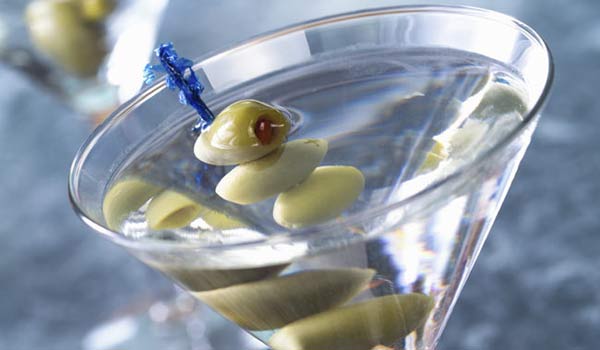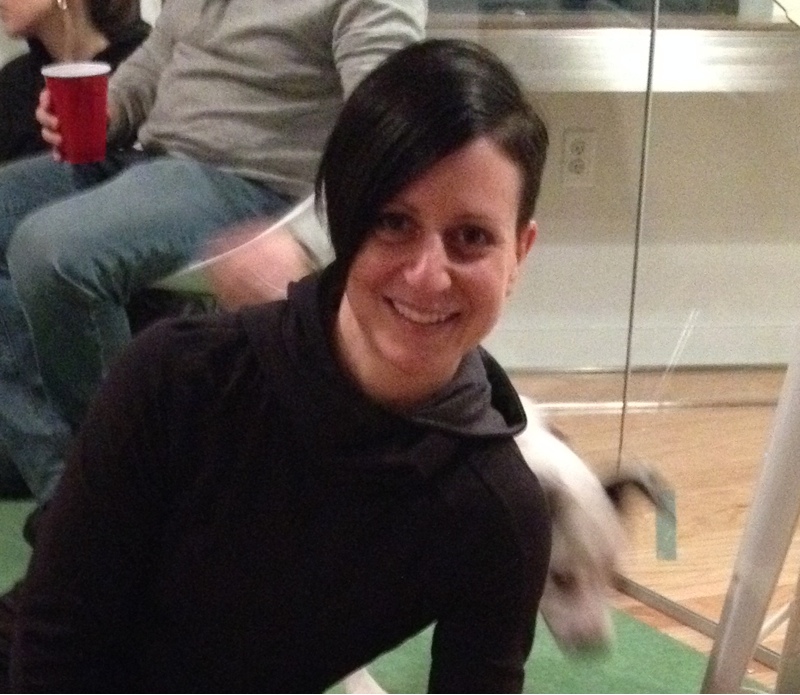How Much Alcohol Is in My Drink?

A glass of wine might seem more civilized than a no-name can of beer, but when it comes to acting uncivilized from boozing too much, wine will likely get you there quicker. In terms of alcohol content, the rule of thumb is that 12 ounces of beer is about equivalent to 5 ounces of wine and 1.5 ounces of liquor (the amount in a shot glass).
The standard measurement of the alcohol content of drinks is alcohol by volume (ABV), which is given as the volume of ethanol as a percent of the total volume of the drink. On average, the ABV for beer is 4.5 percent; for wine, 11.6 percent ; and for liquor, 37 percent, according to William Kerr, senior scientist at the Alcohol Research Group of the Public Health Institute.
The range in alcohol levels is the result of how each beverage is made. All alcoholic drinks rely on fermentation, a process in which yeast convert sugars into alcohol. Compared with beer, wine involves a longer fermentation process meaning it takes more time for the yeast to gobble up sugar in grapes and spit out alcohol. The alcohol content is limited by the yeast, which, during the fermentation of beer typically becomes inactive when alcohol levels climb above 10 percent. (For beer, yeast typically break down sugars found in starches, such as cereal grains.)
Liquor, formally known as spirits , requires an extra process to achieve its souped-up alcohol content. Following fermentation, a process called distillation separates the water from the alcohol, resulting in higher alcohol concentrations of at least 20 percent. (Typical vodka contains about 40 percent ABV.)
There are some so-called beer labels that claim much higher alcohol content than the average 4 percent to 6 percent. One example is Samuel Adams Utopias, which sells for about $100 for a 24-ounce bottle and boasts an ABV as high as 27 percent. So, what's the catch?
Several beer companies have started experimenting with ways to push the alcohol limit in their beer. For example, Scottish brewers Martin Dickie and James Watt created their limited-edition bottles of Tactical Nuclear Penguin with 32 percent ABV by freezing a 10-percent-ABV beer. They then plucked out the ice (which contained only non-alcohol ingredients), leaving behind a higher concentration of alcohol.
As technology allows brewers to blur the lines between beer, wine and spirits, wise consumers might want to keep an eye on the labels which indicate the ABV of all libations.
Sign up for the Live Science daily newsletter now
Get the world’s most fascinating discoveries delivered straight to your inbox.
- What Is Alcohol Poisoning?
- Is Premium Liquor Really Better than the Cheap Stuff?
- Should Recovering Alcoholics Avoid Bars? The Answer Depends on Genetics
Got a question? Email it to Life's Little Mysteries and we'll try to answer it. Due to the volume of questions, we unfortunately can't reply individually, but we will publish answers to the most intriguing questions, so check back soon.










